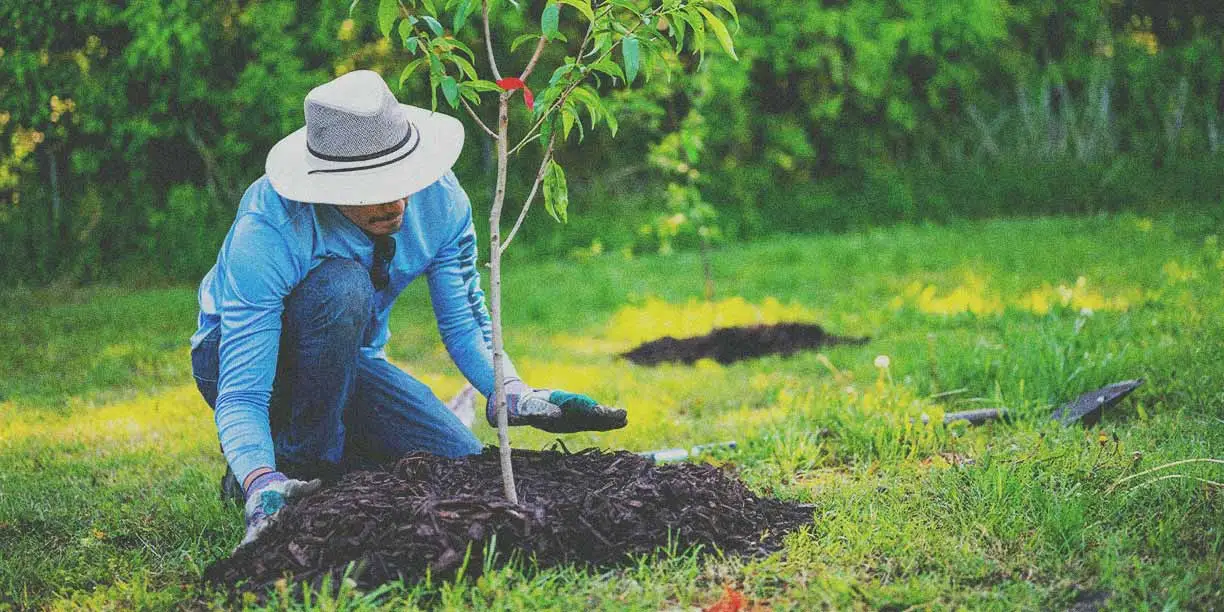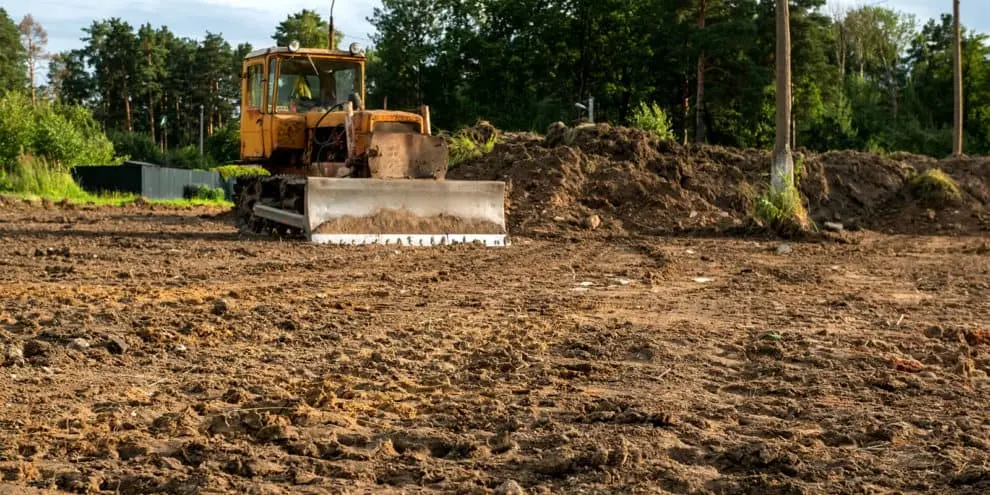Essential Tree Care: 10 Ways to Maintain Health
Not only do trees provide beauty to our landscapes, but they are also essential to the ecosystem and our health. Proper maintenance is necessary for trees to remain healthy and long-lived. Trees provide numerous benefits, including improving air quality, reducing noise pollution, providing shade, and increasing property value. Therefore, it is essential to understand the significance of maintaining tree health.
Maintaining tree health involves various practices, such as regular watering, mulching, pruning, and protecting trees from pests and diseases. These practices help trees grow strong and resilient, making them less susceptible to environmental stressors and damage.
Proper tree care benefits the environment and the community beyond the individual tree. Healthy trees improve air quality by absorbing harmful pollutants and releasing oxygen. Additionally, trees provide habitat for wildlife and contribute to biodiversity.
Proper tree care is essential for maintaining trees' health and beauty and reaping their numerous benefits. By understanding the importance of maintaining tree health and implementing adequate tree care practices, we can ensure trees continue enhancing our environment and quality of life.
Regular inspection and monitoring of trees are crucial aspects of proper tree care.
During inspections, look for signs such as yellowing or wilting leaves, abnormal growth patterns, cracks or wounds on the trunk, and signs of pest infestation. Regularly monitoring growth patterns is also essential, as it can help you track the tree's overall health and development.
It would be best to inspect your trees at least once a year, ideally in the spring or fall when tree growth is most active. However, it would help if you also inspected them after severe weather events such as storms or droughts, as these can cause stress and damage to trees.
Monitoring growth patterns involves observing the tree's overall size, shape, and branching structure over time. Changes in growth patterns, such as stunted growth or excessive branching, could indicate issues with the tree's health or environment.
Regularly inspecting and monitoring trees are essential for maintaining their health and identifying potential problems early on.
Proper watering is essential for maintaining trees' health and vitality. Understanding the watering needs of different trees is critical to ensuring they receive the right amount of water. Some trees, such as drought-resistant species, may require less frequent watering, while others, such as newly planted or young trees, may need more frequent watering to establish their root systems.
It's crucial to water trees profoundly and sparingly instead of regularly and shallowly. This helps trees resist dry conditions and promotes profound root growth. Watering in the early morning or late afternoon minimizes evaporative water loss.
The amount of water trees need depends on various factors, including the tree species, soil type, and weather conditions. Mature trees typically require 1-2 inches of water per week from rainfall or irrigation.
Retaining soil moisture with mulch around trees can help minimize watering frequency. Don't do much, though, as this might cause root rot and other problems.
Proper watering techniques are essential for maintaining trees' health and vitality. By understanding the watering needs of different trees and following best practices for watering frequency and amount, you can help ensure that your trees thrive and remain resilient to environmental stressors.
Proper pruning promotes strong growth, improves airflow through the canopy, and reduces the risk of branches falling and causing damage.
Pruning is mainly done to get rid of unhealthy or dead branches, which can attract pests and organisms that cause illness. Pruning also aids in canopy thinning, which increases light penetration into core branches and encourages strong development. Pruning can also help shape trees for aesthetic reasons, enhancing their general appearance.
Several pruning schedules and methods apply depending on the type of tree and the intended result. Trees should ideally be pruned in late winter or early spring when they are dormant. At this time, pruning is less likely to stress trees, and wounds can heal more quickly.
Use sharp, clean pruning shears or saws to make clean cuts, and prune just outside the branch collar to promote healing.
Appropriate pruning methods are essential for maintaining trees' health and appearance.
Mulching is a valuable technique to keep trees healthy. It improves the conditions for tree roots by regulating soil temperature, inhibiting weed growth, and assisting in retaining soil moisture. As mulch breaks down, it can also enhance soil fertility and structure.
To get the most out of mulch, it must be applied correctly. When using mulch, leave a space between the mulch and the tree trunk to avoid moisture buildup and subsequent rot. Spread the mulch in a layer 2-4 inches deep around the tree's base. Mulch should be spread out to the tree's drip line, the outermost reach of the tree's branches, to cover the root zone adequately.
Inorganic mulches, such as gravel or stone, can also be used but do not provide the same benefits as organic mulches.
Mulch should be applied annually, preferably in the spring, to help trees retain moisture during the growing season.
Mulching is a simple yet effective way to improve tree health. By understanding its benefits and how to apply it properly, you can ensure that your trees have the best possible growing conditions.
Fertilization and soil health play crucial roles in maintaining the health and vitality of trees. Soil provides essential nutrients that trees need to grow, including nitrogen, phosphorus, and potassium. These nutrients are vital for various functions, such as photosynthesis, root development, and overall growth.
Fertilization is necessary because soil nutrient levels can deplete over time, especially in urban or heavily landscaped areas. Adding fertilizer can replenish these nutrients, ensuring trees have what they need to thrive.
Various kinds of fertilizers are available, such as synthetic and organic varieties. Synthetic fertilizers are designed to rapidly increase the nutrients in trees.
It's crucial to follow the manufacturer's recommendations carefully when applying fertilizer. Overfertilization can damage the tree by causing nutrient imbalances. Before applying fertilizer, it's also essential to consider the soil's characteristics and the tree's particular nutrient requirements.
By selecting the appropriate fertilizer methods and understanding the significance of soil nutrients, you can ensure your trees grow in the best possible conditions.
If not properly managed, pests and diseases can pose severe risks to trees' health, resulting in damage or even death. Insects, including aphids, beetles, caterpillars, and bacterial, viral, and fungal diseases, are common pests that harm trees.
Early detection is crucial for effectively managing pests and diseases. Once pests or diseases are detected, it's essential to prevent further damage promptly.
The goal of integrated pest management (IPM), a comprehensive strategy for managing diseases and pests, is to reduce the amount of pesticides used while still controlling pest populations. IPM strategies include cultural practices, such as planting pest-resistant tree species and maintaining tree health through proper watering and fertilization. Physical control methods can also be effective, such as pruning affected branches or using barriers to prevent pest access.

Chemical control techniques, such as insecticides, ought to be reserved for extreme circumstances. When using pesticides, it's imperative to pay close attention to label instructions and consider any potential effects on beneficial insects and the environment.
Effective pest and disease management is necessary to maintain trees' health and longevity. You can help preserve your trees by using integrated pest management strategies and being informed about common diseases and pests.
FAQs
1. What are the signs that my tree might have a pest or disease problem?
Keep an eye out for any strange growth patterns, wilting, or discolored leaves. Moreover, pests may leave behind apparent signs like insect infestations or holes in the leaves.
2. How can I prevent pests and diseases from affecting my trees?
Proper tree care, including regular watering, mulching, and pruning, can help keep trees healthy and more resistant to pests and diseases. Choosing pest-resistant tree species and practicing good garden hygiene can also help prevent issues.
3. How does integrated pest management (IPM) operate?
IPM is a thorough approach to pest management that aims to use fewer chemicals. Pest populations must be effectively managed through the use of various techniques, such as cultural customs and physical and biological barriers.
4. When should I consider using pesticides to manage pests on my trees?
Pesticides should only be used as a last resort when other control methods have been unsuccessful. Before using pesticides, it's essential to accurately identify the pest and choose an effective pesticide against that specific pest.
5. Are there environmentally friendly ways to manage pests on my trees?
Yes, several environmentally friendly pest control methods are available. These include insecticidal soaps, neem oil, and biological controls, such as introducing beneficial insects that prey on pests. These methods are less environmentally harmful and can effectively manage pest populations.
Conclusion
proper tree care is essential for maintaining tree health and vitality. By understanding the importance of regular inspection, adequate watering, appropriate pruning, mulching, fertilization, and pest and disease management, you can ensure that your trees thrive and continue to provide numerous benefits to the environment and your property.
To take action and care for your trees:
Inspect them regularly for signs of stress, disease, or pests.
Implement a proper watering schedule, ensuring that your trees receive adequate moisture without overwatering.
Practice appropriate pruning techniques to maintain the shape and health of your trees.
Consider, additionally, mulching the area surrounding your trees to keep the soil moist and prevent weed growth. Fertilize your trees as needed to encourage healthy development and restore soil nutrients. Lastly, employ integrated pest management techniques to control illnesses and pests to reduce the need for pesticides and safeguard the environment and beneficial insects.
By following these guidelines and caring for your trees properly, you can ensure they remain healthy and vibrant for years.




